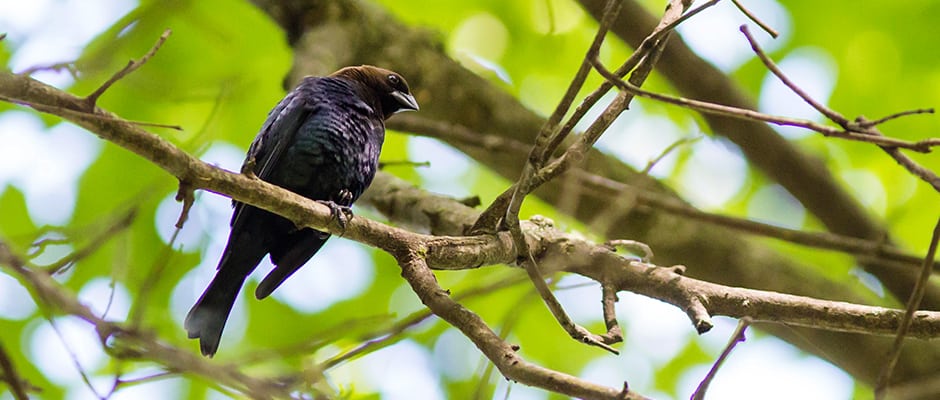Share this article
Invasive Species Can Hurt Native Birds
Invasive Eurasian birds might be wreaking havoc on bird species native to North America as a result of a warming climate, according to a recent study.
Invasive brood parasites — birds that lay their eggs in the nests of other birds and discard the host bird’s eggs — are making their way from Eurasia to North America via the Bering Strait, a natural barrier separating North American and Eurasian birds, according Vladimir Dinets, an assistant research professor at the University of Tennessee, Knoxville.
“A few years ago, I realized that brood parasites from Asia are going to invade North America, and that’s really scary because the consequences for native fauna can be catastrophic,” he said. Dinets co-authored a study recently published in the Journal of Field Ornithology that examined North American native birds’ predicted responses to invasive brood parasites such as the cuckoo.
In the past 20 years, the vegetation in the Bering Strait has changed dramatically, according to Dinets. While open tundra once extended across hundreds of miles on both sides of the Strait, it’s now being replaced with forest and dense shrublands. As a result, crossing the Strait is much easier for the birds that inhabit these forests since they have less open tundra to cross.
The research team found that two species of Eurasian cuckoos will likely be invading North America, and one species might already be breeding there. “They are recorded in western Alaska every year; there is even a recent record of a courting pair,” Dinets said, adding that one bird was recently found wintering in California and one on spring migration in the Alaskan panhandle. “This probably means that there are a lot of them. They are generally inconspicuous and not easy to notice.”
Further, if populations of these species become established in North America, it’s likely the native bird population will decrease. While some birds have a defense against brood parasites native to North America such as the cowbird, these defenses are unlikely to work against the invasive cuckoos, which are more sophisticated brood parasites that can, for example, mimic the egg color of their hosts.
Dinets believes the first victims will be species that live in both Eurasia and North America and are the hosts of brood parasites in Siberia including pipits, wagtails, Arctic warblers and bluethroats. “Then the parasites will start switching to other species, and might eventually begin to use most small North American birds as hosts,” he said.
Dinets and his team suggest fish and wildlife authorities, hunters and other people spending time outdoors should monitor when and where the birds are invading and breeding, which they believe will most likely be in western Alaska. “We need to have a much better network of bird monitoring in Alaska,” he said. “We should also start thinking about possible mitigation efforts, such as captive breeding for some species if the situation becomes desperate.”
It’s also important to consider effects of the warming climate that are not as obvious as the direct effects of polar bears starving due to the lack of ice, according to Dinets. “There are also countless indirect effects which are difficult or impossible to predict, but might be much worse,” he said.
Header Image: A brown-headed cowbird perches on a branch. North American birds’ defenses against parasites likely won’t work on Eurasian cuckoos.
Image Credit: Melissa McMasters, licensed by cc 2.0








